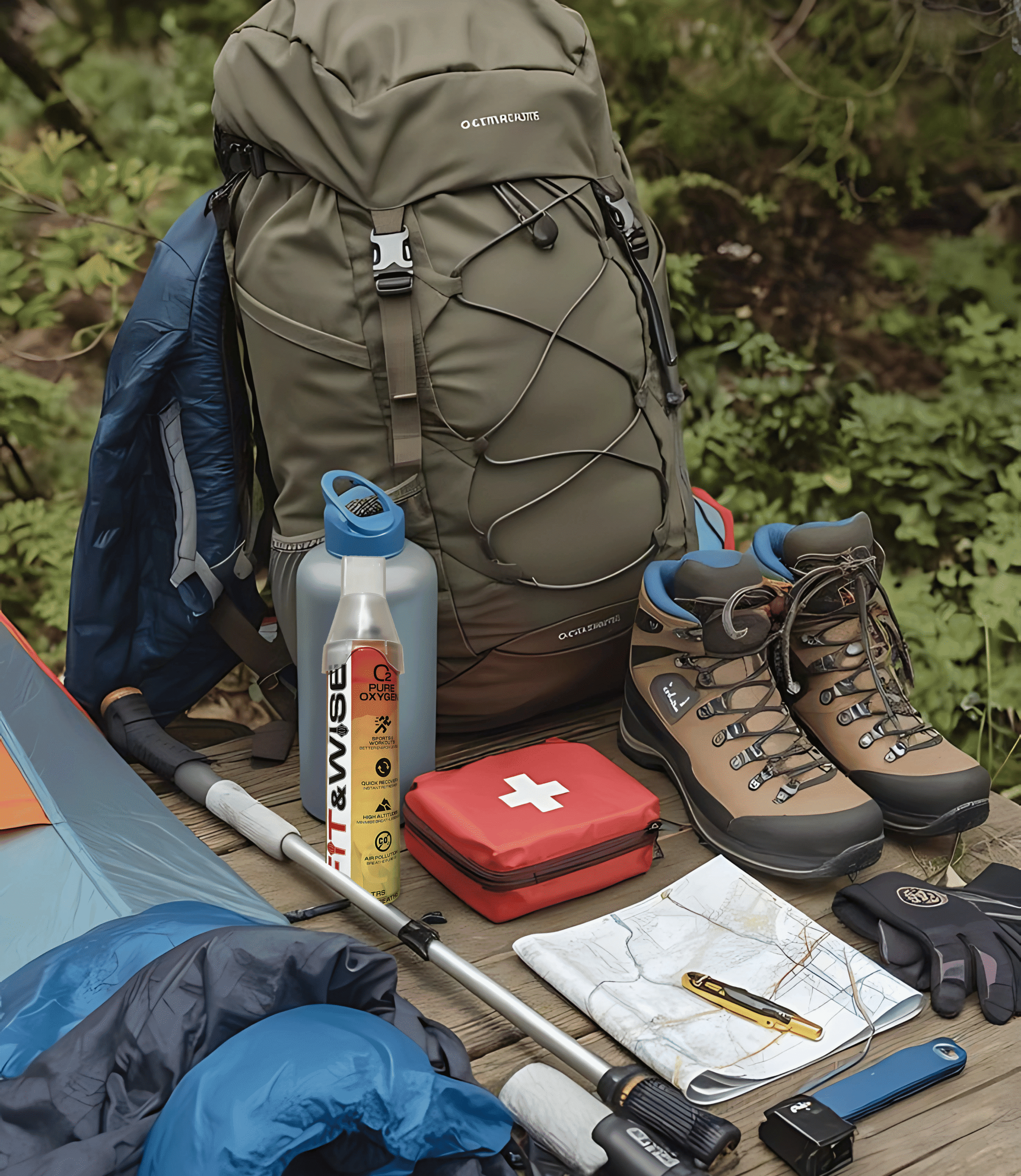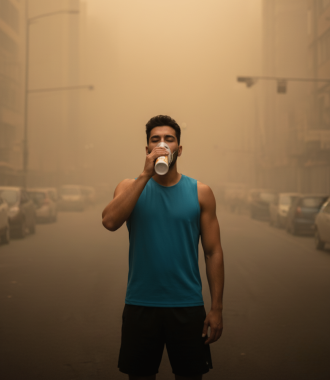You trained for months. Packed every layer, snack, and backup battery. But the one thing most new trekkers forget? Oxygen.
When Every Breath Counts, A Simple Can Makes the Climb Safer and Smarter
There’s something magical about the mountains — the silence, the scale, the clean air, the challenge. Trekkers chase these highs, quite literally, walking into thin air in search of altitude and adventure. But even the most experienced ones know that with beauty comes a hidden challenge: less oxygen. And that’s exactly why portable oxygen cans are fast becoming a regular item in trekking kits across India and beyond.
At higher altitudes — anything above 2,500 meters — oxygen levels begin to drop. For those coming from sea level or urban environments, the body takes time to adjust, and that adjustment isn’t always smooth. Headaches, breathlessness, dizziness, and fatigue are common symptoms of altitude sickness. Sometimes they’re mild, sometimes they hit hard and fast. What used to be a quick scenic trail can suddenly feel like a physical struggle — just because your body isn’t getting enough oxygen.
That’s where carrying a portable oxygen can becomes more than just smart — it becomes essential. It’s not bulky like a cylinder. It doesn’t require electricity, batteries, or professional handling. It’s small enough to fit in a backpack side pocket, and when needed, it delivers quick oxygen support to help trekkers breathe easier and feel more in control.
This doesn’t mean trekkers are using it as a crutch. Most don’t reach for it unless absolutely necessary. But having it on hand gives peace of mind. Whether it’s for a moment of breathlessness during a steep climb, or to help a fellow trekker showing signs of AMS (Acute Mountain Sickness), it’s there — ready in seconds. It helps tide over that uncomfortable patch, offering just enough support until rest, acclimatization, or descent can take place.
Even in lower altitudes, long multi-day treks can wear people down. Exhaustion builds. And with unpredictable weather, cold air, and long hours of walking, many trekkers find themselves short of breath by the time they reach camp. Just a few puffs of oxygen can restore clarity, energy, and calm — something that’s hard to put a price on when you’re miles away from any clinic.
It’s not just the hardcore trekkers carrying these now. Families doing shorter Himalayan hikes, solo travelers heading to Leh or Spiti, groups climbing popular peaks like Triund or Kedarkantha — more and more are choosing to carry a small oxygen can, just in case. Tour guides and trek leaders too are recommending it, especially for first-timers. Because it’s one thing to prepare for altitude on paper, and another thing entirely to feel your lungs burning when you’re just trying to walk ten steps.
In many ways, portable oxygen cans have quietly become the new basis of high-altitude gear — right there next to energy bars, extra socks, and water bottles. You may not always need it. But when you do, you’ll be glad it’s there.
🏔️ Conclusion: Breathe Easy, Climb Strong
The mountains test your stamina, mindset, and body — and they’re meant to. But that doesn’t mean you can’t be smart about it. Portable oxygen isn’t a shortcut. It’s a safety net. For trekkers, it offers something incredibly valuable: the ability to keep going, safely, when the air starts to work against you. In remote terrain, every breath counts. This little can just make sure you don’t have to fight for it.
#TrekkersEssentials #PortableOxygen #MountainSafety #AltitudeReady #FitAndWiseBreath #TrekkingWithConfidence









